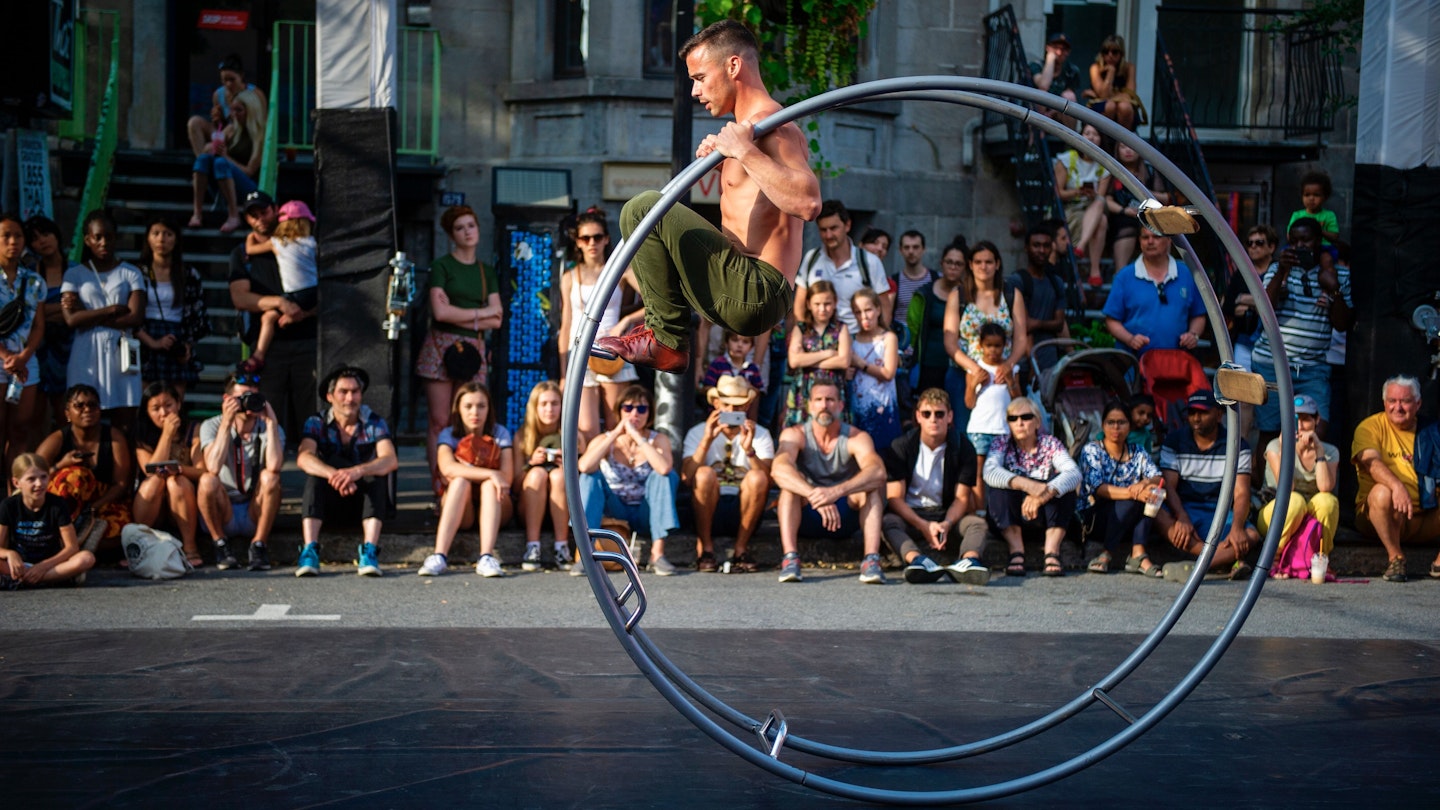The mind boggles at the sheer scope of Canada. The continent-spanning country’s vast territory encompasses frigid, treeless Baffin Island and the dense forests and mountains of Banff. Moreover, it features balmy Victoria, British Columbia, and blustery St. Johns, Newfoundland, six time zones away. Envision dinosaur bones at Drumheller and the ultra-modern skyscrapers of Toronto.
Consequently, attempting to come up with a dozen sights that capture the essence of this gargantuan country is akin to nominating your 12 favorite stars in the Milky Way. Below is a humble attempt to list the best things to do in Canada.
1. Trek for a cup of tea above Lake Louise, Alberta
You could spend several summers hiking countless trails in Banff National Park. However, if you had to choose just two routes that combine wild mountain scenery with refreshing comforts, look no further than the Lake Louise teahouses. Originally built by the Canadian Pacific Railway in the early 20th century, these historic backcountry cabins are only accessible by foot or on horseback. During balmy summer days, they serve a welcome menu of hot beverages and appetizing snacks.
The Lake Agnes Teahouse is nestled in a mountain cirque 3.5 km (2.2 miles) above Lake Louise. Meanwhile, the Plain of the Six Glaciers Teahouse occupies a glade 5.6 km (3.5 miles) southwest of the Fairmont Chateau Lake Louise, offering stunning views of the Victoria Glacier. Energetic hikers can visit both in the same (ambitious) journey.

2. See traces of the Gold Rush in Dawson City, Yukon Territory
Dawson City is one of Western Canada’s most evocative national historic sites, paying homage to the 1896–98 Klondike Gold Rush. This era is sometimes described as America’s “last grand adventure” and has left a lasting mark on Canadian culture and the folklore of the Yukon. A lasting legacy of this gold rush is the tight grid of wooden buildings that have changed little since the settlement’s 20th-century heyday.
In 2023, UNESCO recognized Tr’ondëk-Klondike as a World Heritage site, highlighting the often-forgotten impact of the gold rush on the region’s Indigenous people. Among the real stories are those of Skookum Jim and Tagish Charlie, two original prospectors from the Tagish First Nation.
Planning tip: Parks Canada docents dressed in period clothing lead excellent summer walking tours of the town’s important monuments. Make sure to meet them at the visitor center.

3. Attend a festival in the “Franglish” city of Montréal
Few cities are as distinctly bilingual and bicultural as Montréal, and even fewer host such a varied array of festivals. June marks the beginning of the summer festival season, kicking off with Festival Mural, a vibrant graffiti and hip-hop extravaganza. Following this are cultural celebrations, including Les Francos de Montréal (Québécois music) and the Canadian Grand Prix (motor racing), ultimately culminating in the world-renowned Festival International de Jazz de Montréal in July. These events are just the tip of the iceberg; countless more parades, galas, circuses, and street parties enliven the streets of Montréal throughout the year.

4. Fly into roadless Nahanni National Park Reserve, Northwest Territories
To truly appreciate the untouched beauty of Nahanni in the Northwest Territories, you must jump on a floatplane. This roadless national park is renowned for its wild rivers that curl around the Mackenzie Mountains through deep canyons and past an extensive karst landscape filled with interconnecting caves. With zero population and no services, visits here are pricey but genuinely rewarding, offering once-in-a-lifetime adventures. Multi-day guided paddling excursions on the South Nahanni River are particularly popular.
Planning tip: Flights are best arranged out of Fort Simpson in the NWT or Whitehorse in the Yukon. Raft and canoe trips can be organized with licensed outfitters, enabling you to experience the South Nahanni River directly.

5. Listen to ancient Viking sagas in L’Anse aux Meadows, Newfoundland
Long before Columbus arrived in North America, a short-lived yet pioneering Viking settlement took shape at the northern tip of Newfoundland. Visitors can explore its foggy legacy through several reconstructed sod houses at L’Anse aux Meadows, a national historic site excavated by Norwegian archaeologists in the 1960s. Evenings often feature contemporary guides gathering around traditional kitchens to recount powerful Viking sagas.

6. Size up a Tyrannosaurus rex in Drumheller, Alberta
Paleontology dominates the landscape in dusty Drumheller, where the Royal Tyrrell Museum showcases one of the planet’s leading fossil collections, many of which are unearthed locally. On a slightly kitschier note, the city boasts the world’s largest dinosaur: a massive fiberglass T. rex that visitors can climb to peer through its open jaws.
Detour: Beyond the reptilian attractions, this arid pocket of eastern Alberta is famed for its classic Badlands scenery and eerie, mushroom-like rock columns known as hoodoos. Several driving loops reveal this striking geology.

7. Get a taste of Toronto – literally
As Canada’s urban colossus, Toronto comprises a complex mix of cultures and neighborhoods. This diversity is expressed through the city’s dynamic food scene. With 7000-plus restaurants, Toronto offers a phenomenal range of tastes, cultures, and experiences. Visitors can explore, graze, and experiment through various neighborhoods, from fine dining in the Financial and Entertainment Districts to casual eats in Kensington Market and Chinatown.

8. Savor winter and summer alpine pursuits in Whistler, British Columbia
The compact and ruggedly handsome Whistler is the slick alpine-style village that co-hosted the 2010 Winter Olympics. Located just 120 km (75 miles) north of Vancouver, it is renowned for a massive 8,171-acre ski area – one of the world’s largest. But due to clever marketing and infrastructure updates, summer visitors now outnumber winter counterparts. Regardless of the season, the area offers instant access to a vast backcountry of wild mountains and recreational lakes.
Planning tip: Access to both Whistler and Blackcomb mountains is provided by high-speed gondolas that operate year-round. The two mountaintops are also connected by the world’s second-longest free-span gondola, the Peak 2 Peak.





